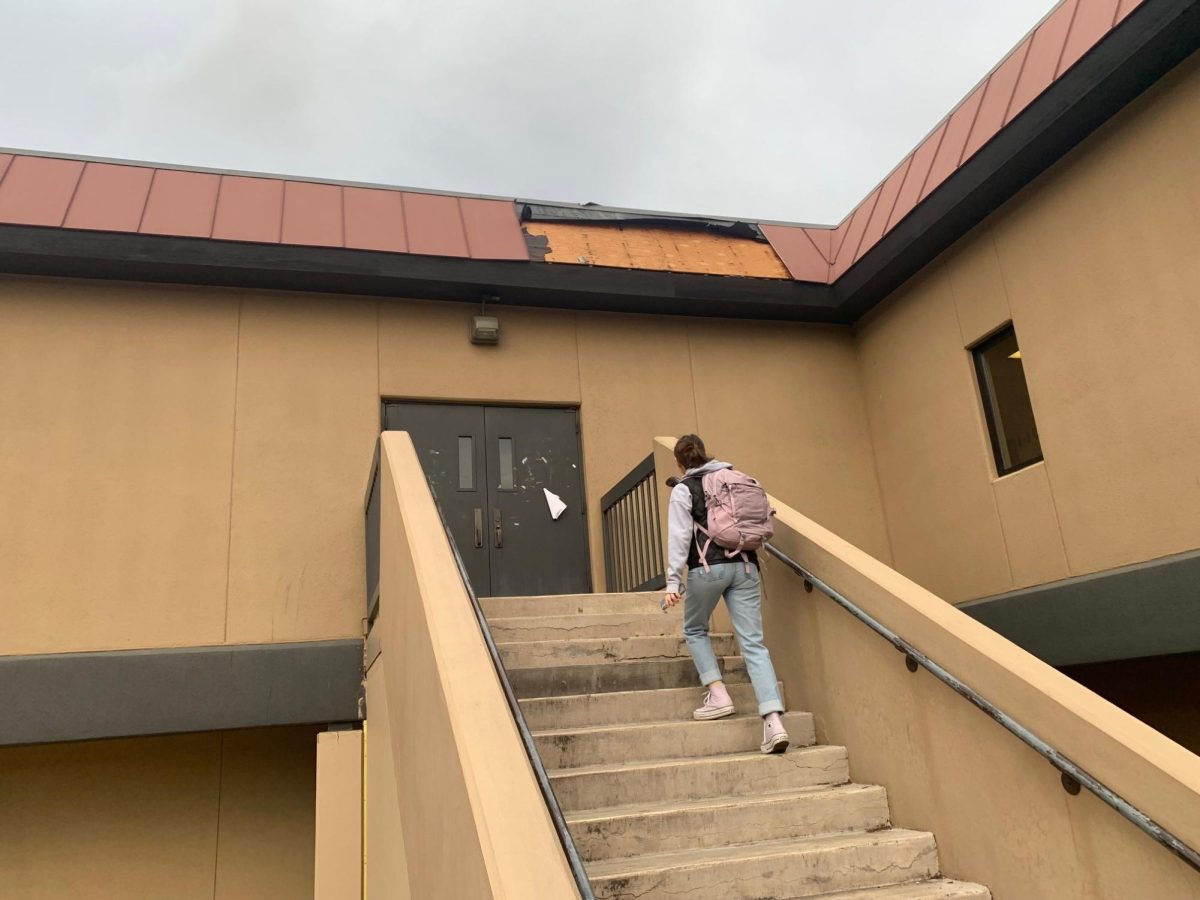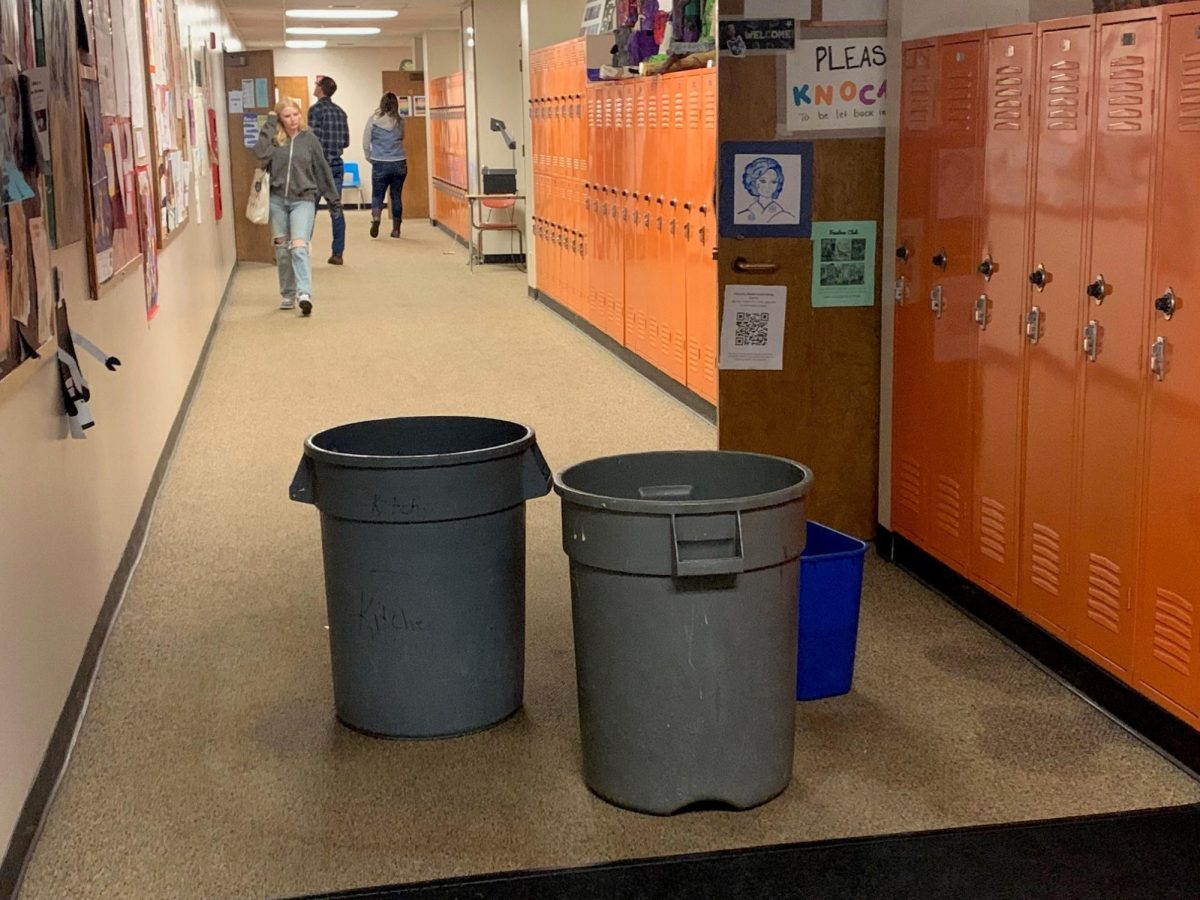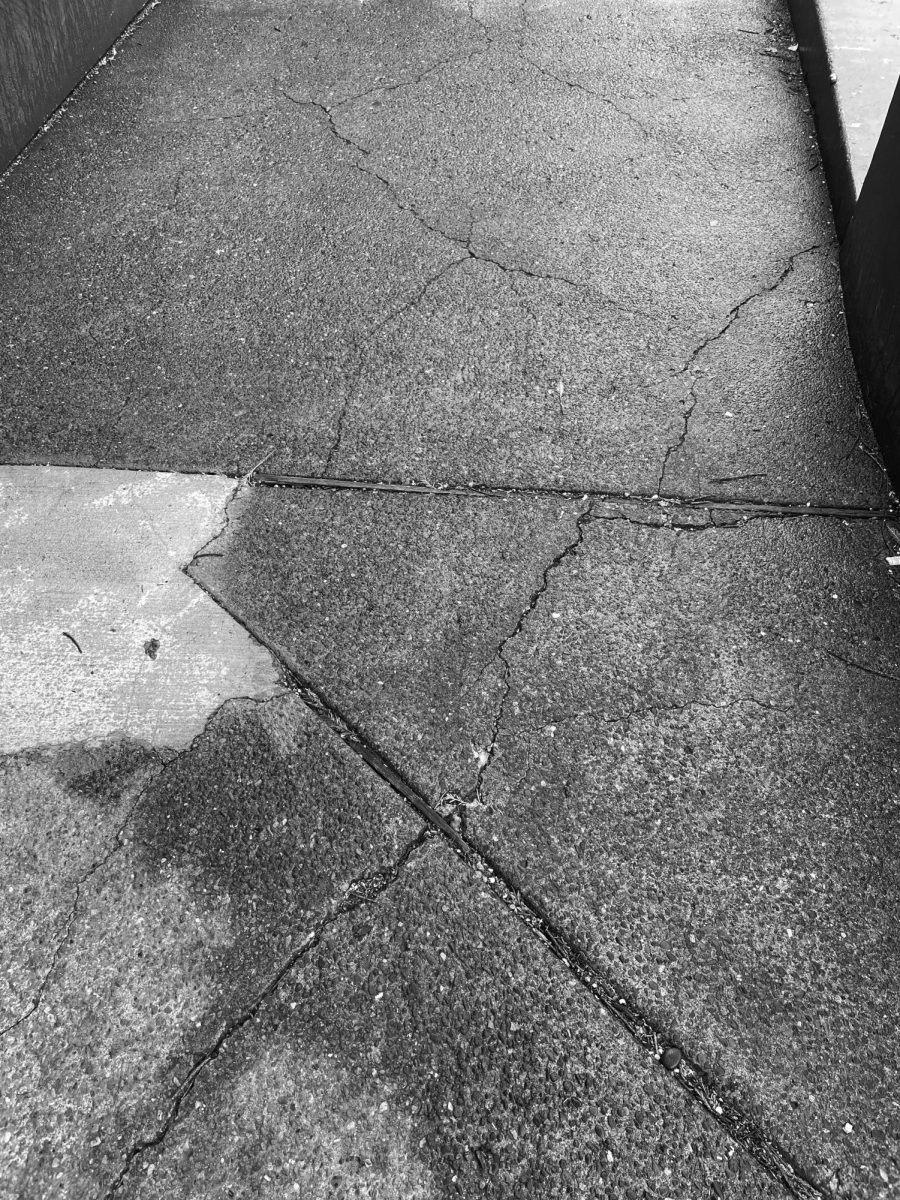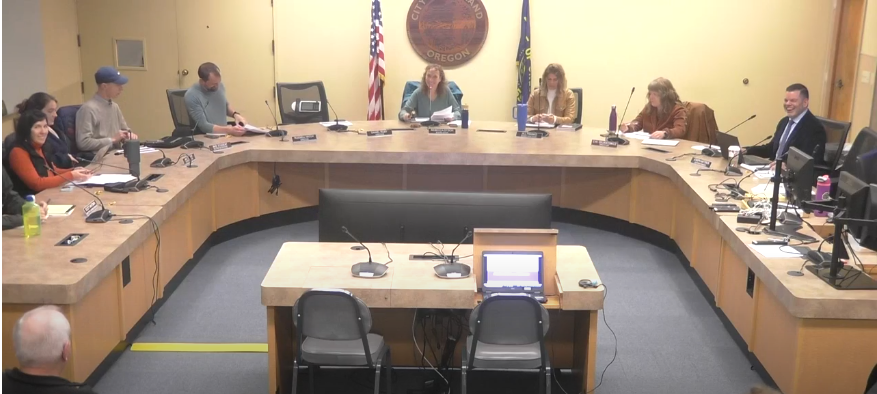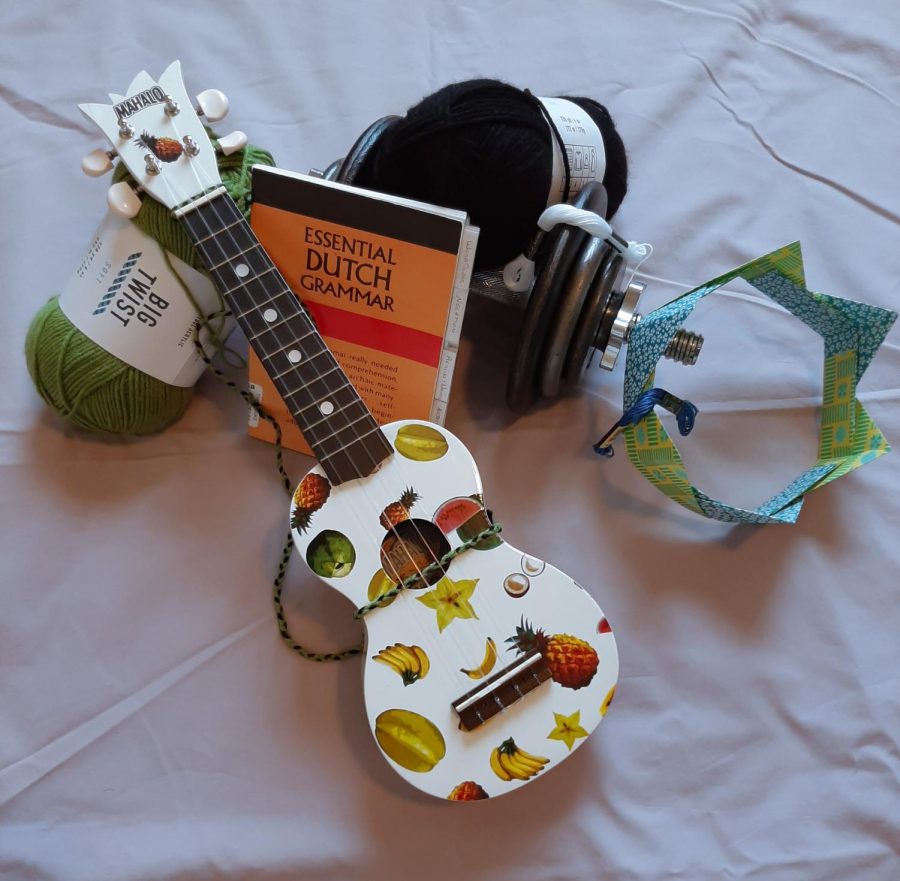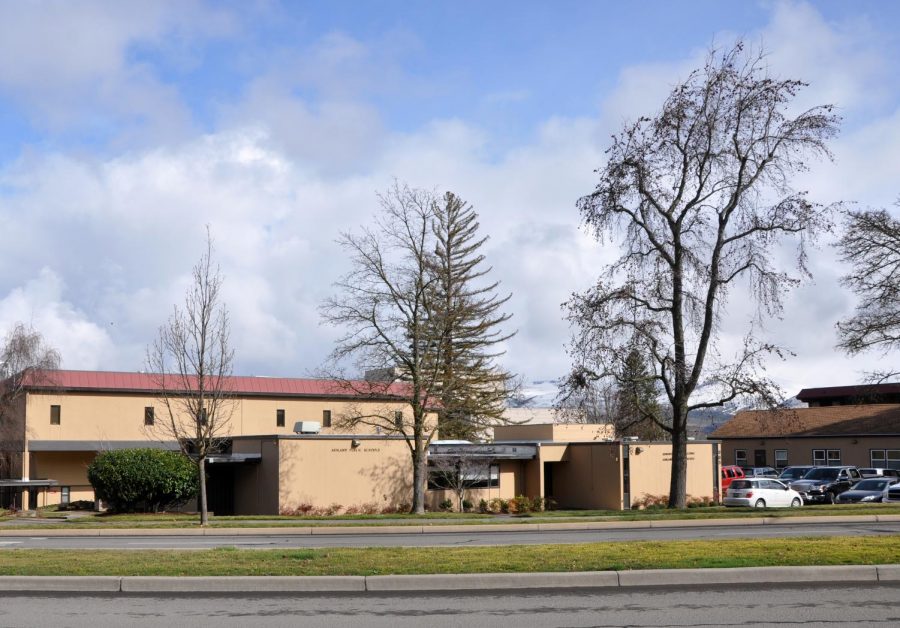This year, Ashland High School has brought back the idea of senior capstone projects for the first time since Covid. Seniors in College and Career Readiness and Macroeconomics classes were instructed to collectively choose something at AHS or in Ashland that they wanted to improve in some way, and together find a way to go about doing that. This required cooperation and consensus from every student in a class, as the capstone topic had to be voted in unanimously. After this, students split into groups to tackle their project systematically.
“I think the original intention was for it to be an exercise in collective policy,” said Mr. Burnham, one of the four CCR teachers at AHS. “The hope was to teach everyone how to reach a consensus where maybe not everyone was 100% happy, but they’d learn how to compromise and find common ground.” In addition, the teachers and administration had hoped that the more relaxed and collaborative format for the projects would take some of the pressure off.
In Mr. Burnham’s 7th period class, the students picked mental health as the target for their class project. The groups split up into 4 different groups to create poster boards presenting the issue. “The whole class agreed that mental health is a very big issue that teenagers deal with these days and that it needs to be talked about on campus. We want to help students out with the poster boards and presentations the class has created,” Danny Cooper explained.
While the initial plan for the class was for the students to spend the whole year working to create change in the community around their chosen topic, in the end the classes were only required to present their poster boards with an explanation of why the issue is important. In light of these changes, some students have been disappointed by the lack of follow-through with the projects they’d come up with, while others are indifferent one way or another. “I see a lot of students that have individual passions that it would have been great to see brought to fruition if they’d used them for their senior project,” Burnham explained. “I think it would be nice to give kids a choice on whether they want to work individually or as a whole.”
Ultimately, though, students were still able to create something positive through their CCR classes. “I think we have it better off than what it was like back in the day,” said Lainie Carter. “Back then you had to do it all by yourself and now you can do it with a group of friends and it’s all in class.”
Despite some of the bumps along the way, this semester has provided a useful model for what capstone projects might look like in the future. “There’s a fine tuning around what we’re after by giving people a chance to follow through with something that’s more tangible,” Mr. Burnham explained. “Students need to have a clear idea of what the expectations are for them.”

